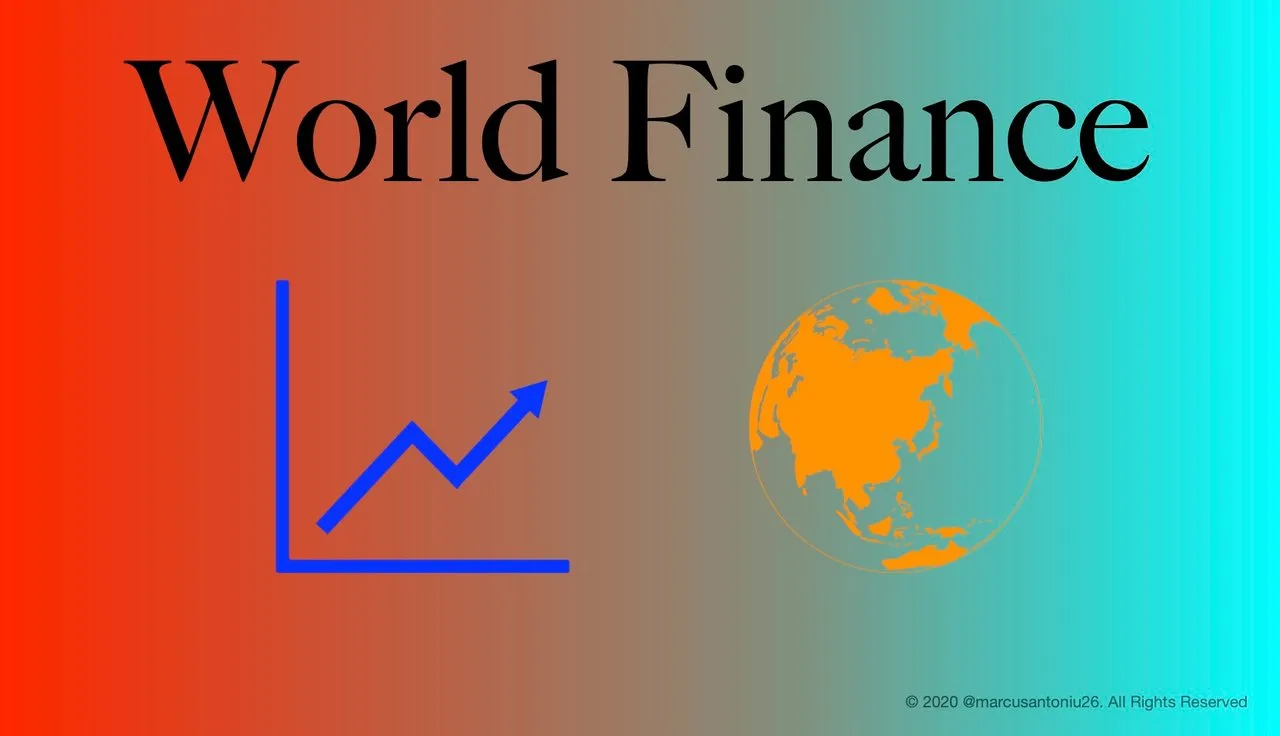
As of November 2022, according to the latest Consumer Credit Report (January 9, 2023) by the Federal Reserve, the United States is experiencing a situation where credit card debt is at an all-time high (4.7 trillion US$), with average credit card interest rates also at an all-time high (16.9%). This is a significant concern for many Americans, as it can lead to financial instability and difficulty in paying off debts.
One contributing factor to the high levels of credit card debt is the easy access to credit. Many credit card companies offer low introductory interest rates and other incentives to entice consumers to sign up for their cards. This can be tempting for individuals who may not have the financial means to pay off their debts in a timely manner, leading to an accumulation of debt over time.
Another factor is the high cost of living in the United States. With rising housing, healthcare, and education costs, many Americans are turning to credit cards to make ends meet. In some cases, credit card debt is being used to cover basic living expenses, rather than being reserved for unexpected emergencies or larger purchases.
The high interest rates on credit card debt are also a major concern. As the Federal Reserve raises interest rates, credit card companies often follow suit, leading to higher interest rates on existing credit card balances. This can make it more difficult for individuals to pay off their debts, as a larger portion of their payments goes towards interest rather than the principal balance.
The combination of high credit card debt and high interest rates is causing financial strain for many Americans. It can lead to a cycle of debt, where individuals are unable to pay off their balances and continue to accrue more debt. This can have serious consequences, including damaged credit scores, difficulty in obtaining loans or other forms of credit, and even bankruptcy.
To address this situation, it is important for individuals to be proactive in managing their credit card debts. This includes paying off balances in full each month, if possible, to avoid accruing interest. It may also be helpful to consider consolidating debts onto a single credit card with a lower interest rate, or transferring balances to a card with a promotional 0% interest rate.
In addition to individual efforts, policy changes at the government level may also help to address the issue of high credit card debt and interest rates. For example, legislation to cap interest rates on credit cards or to require more transparent disclosure of fees and charges could help to protect consumers from predatory lending practices.
Overall, the current situation of high credit card debt and high interest rates in the United States is a cause for concern. It is important for individuals to take steps to manage their debts and for policy changes to be implemented to protect consumers from financial instability.
For further information, read this article
You can see the Consumer Credit Report here